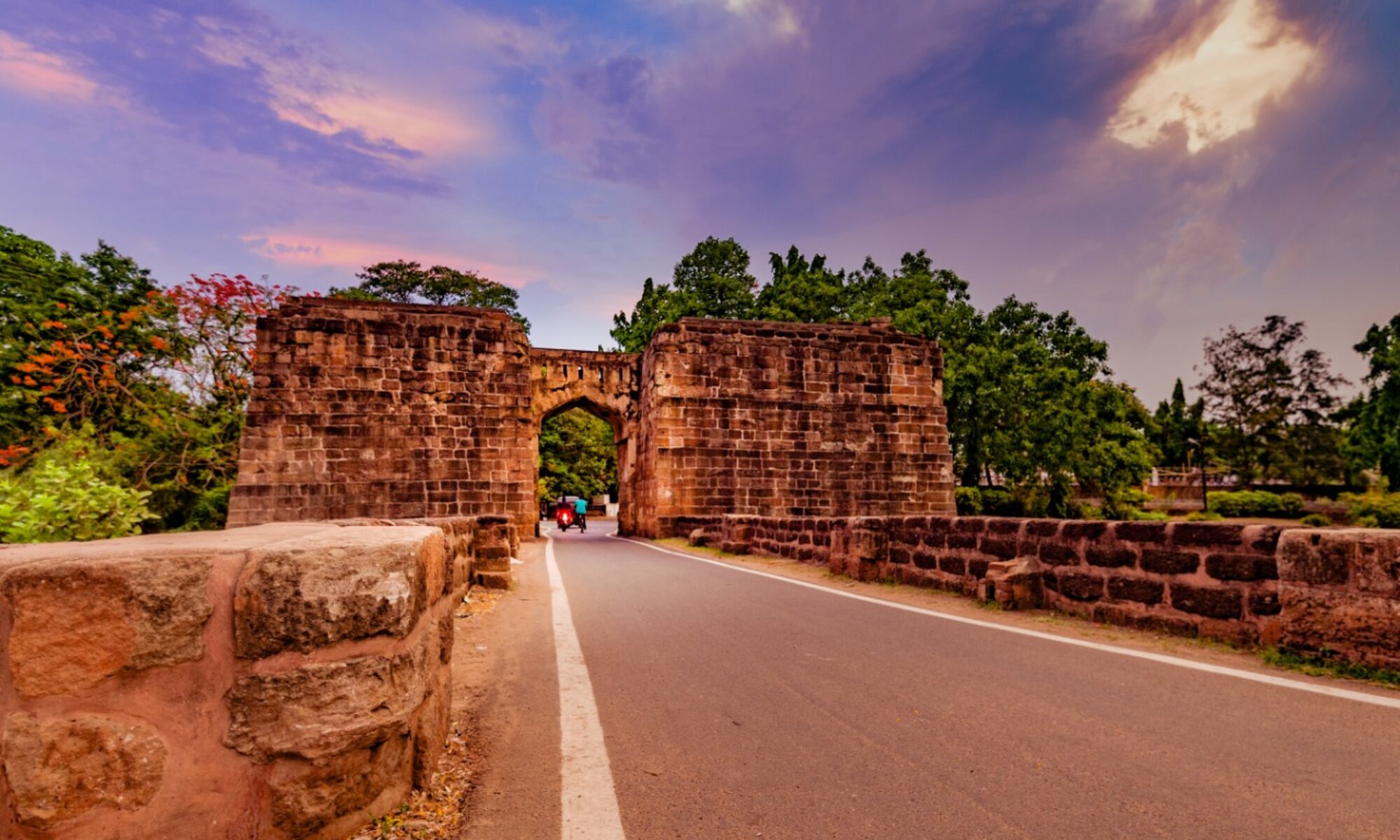
G Arnold Toynbee has recorded his impression regarding Barabati Qila “The great arched gateway of the eastern as Stirling calls it, and a fine old mosque called Fateh Khan Rahman, are almost the only objects of antiquarian interest which remains intact.”
Controversy surrounds the identity of the real builder of this beautiful mosque. Historians Dr K C Panigrahi and Dr Jagannath Pattnaik state that this was built by the Nawab of Bengal, Alwardi Khan in 1707 AD. Prof P K Mukherjee and Dr R P Mohapatra opine that this was built by Fateh Khan Rehman. Dr B C Roy thought that some Muslim governors of Barabati Fort might have built it.
According to Sri Kedarnath Mohapatra “the mosque within the Barabati Fort was constructed by a Faujdar, Fateh Khan Rahman”. The epitaph of the tomb of Fateh Khan inside Qudam-e-Rasool reveals that he died in Hijri year 1128 (1768-69 AD).
In 1766 AD, Lord Robert Clive, sent an English officer named Thomas Mottee to the Maratha Subedar of Sambalpur, Raja Bhawani Pandit. While navigating in river Mahanadi, he saw the impressive sight of Shahi Mosque from the other side of the river.
Most probably, the Mosque was constructed by Fateh Khan before 1767 AD. Shahi Qila Masjid resembles Jama Masjid (Balu Bazar) and Tatar Khan Masjid(Dewan Bazar) in structural design. The dates of their construction indicate these mosques were built during the reign of Nawab Shuhauddin Khan, the Nizam of Odisha. He was as per the records a pious and benevolent soul apart from being a royal dignitary.

Shahi Qila Masjid was obviously built to facilitate prayers by the members of the armed forces stationed there. Time had taken a heavy toll on the mosque as well. Professor Altaf Hussain has said that the mosque remained in disuse for sometime and was used as a magazine during the British rule of Odisha as it is apparent from the two Mihrabs on the flanks which are bricked up. The State Archeological Department renovated the mosque after it was declared as a heritage monument. A Managing Committee is in charge of the upkeep of the mosque now.
Shahi Qila Masjid did have a few inscriptions which are missing now.
There is only one inscription written in Arabic containing Surah Yaseen from the Holy Quran on the wall of the place demarcated for the Imam at the centre of the prayer hall.
A beautiful landmark of the Millennium City



















